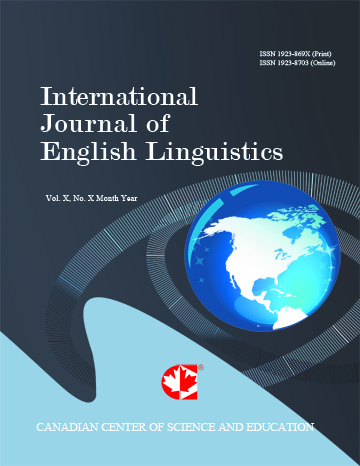Gender Markedness: A Corpus-Based Analysis of the Epicene Pronouns ‘S/He’ and ‘He/She’
- Laura Diamanti
Abstract
Gender reference emerges in the speaker's positionality when addressing interlocutors in discourse and is perceived and interpreted through cultural, social, and linguistic lenses. Based on a semantic system, the English language denotes gender with grammatically specific pronouns and lexical unmarked vs. marked forms, mainly concerning job-related titles or honorifics. As part of the unmarked category, the marked lexemes represent the variant to the norm: they are formally larger, and depend on the context, requiring extra-linguistic effort, either in production or comprehension (Givón, 1995, pp. 25-28). In this sense, the occurrence of epicene pronouns such as s/he, compared to he/she in the British Web Corpus (ukWaC), sheds light on how text interpretation in context may promote gender inclusivity through more equitable linguistic practices within different contexts. A corpus-based approach thus investigated these referents in their concordances to examine their usage and implications of meaning to understand the textual genre wherein they are preferably used. Two research questions arise: 1) What are the frequency distributions and collocational patterns of the gender-neutral pronoun “s/he” and unmarked/marked gendered pronoun “he/she” in the ukWaC corpus? 2) What semantic and grammatical roles do the collocates of “s/he” and “he/she” play, and how do these roles differ between the two pronouns? This study aims to provide insights to assess how these forms operate across genres and contexts, focusing on their functional, pragmatic, and institutional roles versus their stylistic implications.
- Full Text:
 PDF
PDF
- DOI:10.5539/ijel.v15n3p95
Journal Metrics
Google-based Impact Factor (2021): 1.43
h-index (July 2022): 45
i10-index (July 2022): 283
h5-index (2017-2021): 25
h5-median (2017-2021): 37
Index
- Academic Journals Database
- ANVUR (Italian National Agency for the Evaluation of Universities and Research Institutes)
- CNKI Scholar
- CrossRef
- Excellence in Research for Australia (ERA)
- IBZ Online
- JournalTOCs
- Linguistic Bibliography
- Linguistics and Language Behavior Abstracts
- LOCKSS
- MIAR
- MLA International Bibliography
- PKP Open Archives Harvester
- Scilit
- Semantic Scholar
- SHERPA/RoMEO
- UCR Library
Contact
- Diana XuEditorial Assistant
- ijel@ccsenet.org
